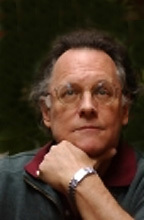
Interview with Revolution-Green's Mark Dansie. Mark is recognized as a world-renowned evaluator of energy technologies and is currently helping develop several new energy concepts himself. Over the last seven years, Mark has traveled the world evaluating many new and free technology claims. He specializes in magnetic motor and HHO gas evaluations, but has reviewed many other technologies as well. He has been featured as a speaker at several energy conferences, and his catch cry is “show me the data” as he is a believer in scientific methodology when evaluating claims.



 To make the battery-supercapacitor hybrid, the Rice team deposited a nickel layer on a backing material. They then etched the nickel layer to create pores five nanometers in diameter. The result is high surface area for storing ions.
To make the battery-supercapacitor hybrid, the Rice team deposited a nickel layer on a backing material. They then etched the nickel layer to create pores five nanometers in diameter. The result is high surface area for storing ions.